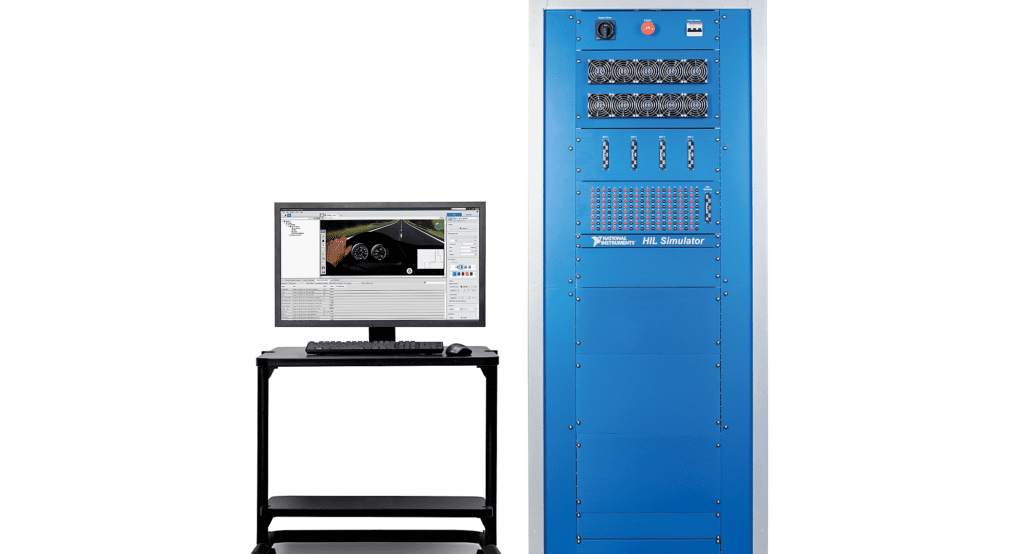New HIL Simulators reduce development and test risk without compromising needed flexibility by building on open, commercial off-the-shelf platforms.
NI, announced turnkey HIL Simulators built on an open, modular architecture to help automotive and aerospace embedded software testers maintain quality while handling the demands of shortened schedules, constantly changing test requirements and reduced manpower. 
NI systems easily integrate new technologies like camera processing and RF I/O, along with traditional HIL components,into a single system because they are built on open, off-the-shelf hardware and software platforms. Unlike existing approaches, this adaptability lets engineers keep pace with advancing technologies like advanced driver assistance systems, system electrification and advanced sensor integration (that is, radar). With HIL Simulators from NI, test engineers can now choose a turnkey test system based on open, industry-standard platforms rather than having to decide between closed, unadaptable test systems or building the entire system from the ground up.
“We chose an NI HIL test system because it is built on open, standard platforms that allowed us to reduce the overall cost of test and long-term maintenance and ownership of our hardware,” said Anders Tunströmer of Saab Aeronautics. “It also allowed us to customize the system to our exact needs, increasing the speed at which we could find and fix embedded software defects while integration testing LRUs for our Gripen fighter.”
With HIL Simulators users can:
- Customize systems to include technologies like camera data, RF measurement and generation for radar targets, passive entry/passive start, tire pressure monitoring systems and FPGAs for running advanced models, all of which ensures maximum software test coverage.
- Quickly begin testing to find more defects faster with a turnkey HIL Simulator delivered with VeriStand test software for real-time simulation, stimulus generation and data acquisition.
- Reuse existing models and hardware by easily integrating third party software models and third-party systems using the ASAM XIL industry standard.
“Due to changing requirements and the need for more complete test coverage, most HIL test systems require some amount of customization in addition to the common components,” said Chad Chesney, vice president of data acquisition and embedded systems at NI. “NI has standardized the common pieces of these test systems, enabling our customers and partners to focus on their areas of expertise and ensure the most reliable and innovative control systems.”
HIL Simulators are the latest systems built on the PXI and CompactRIO open platforms. They are powered by VeriStand real-time test configuration and logging software and LabVIEW system design software, as well as NI’s new SLSC hardware for standardizing signal routing, switches, loads and signal conditioning. NI HIL systems use both a real-time operating system and FPGA technology to deliver the ultimate in customizability while still taking advantage of commercial-off-the-shelf components to reduce long-term maintenance risk.
National Instruments
www.ni.com
Filed Under: Motion Control Tips




